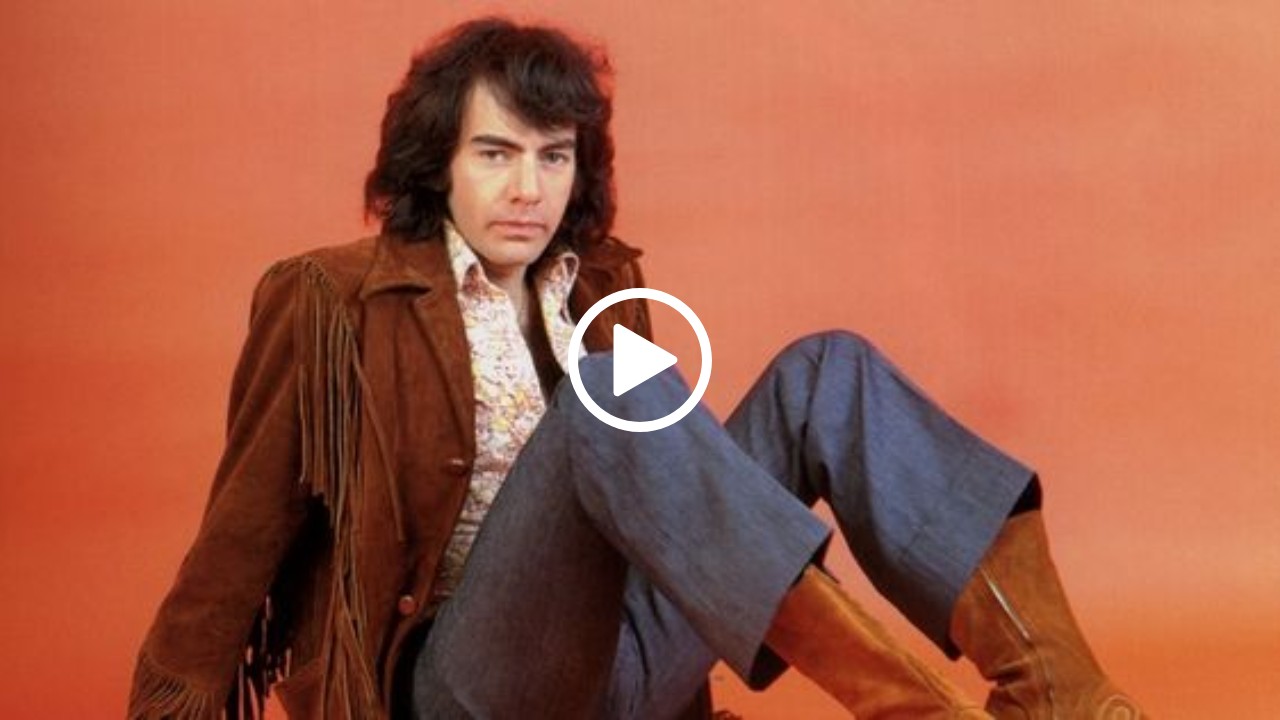
Neil Diamond’s “America” still hits like a trumpet blast in the quiet rooms of memory — sudden, bright, impossible to ignore. The song turned a singer’s reflection into an anthem for millions who crossed oceans hoping for a new life.
Written and sung with a directness that is rare, the track frames the American dream in simple, human terms. Diamond’s words sketch the tired faces, the small joys, the fierce hope of people landing on new soil. It is a song that older listeners remember from weddings, parades, and community halls — the soundtrack for leaving and for arriving.
At its core, “America” celebrates migration. The lyrics picture crowds and families, not abstractions. Diamond names ordinary scenes: a girl with a ribbon, sailors with clean eyes, people pushing toward a future. That plainness is what gives the song power. It does not preach. It narrates.
“They’re comin’ to America / Never looking back again.” — Neil Diamond, singer-songwriter
The song’s pull is partly musical and partly moral. The melody rises like a procession. The chorus invites a response. The rhythm feels like steps on a pier or the hum of a long car ride away from the old country. For listeners in midlife and beyond, that steady beat triggers memories — of first jobs, of crowded kitchens, of arguments and apologies that stitch a family together.
Critics have called “America” a celebration of diversity, and there is truth to that. Diamond names “people of every creed and race” and places their shared yearning at the heart of the country’s identity. For many, the song became an emblem: a welcome, a reassurance, a rallying cry.
The cultural reach of one pop song is not trivial. It has been sung at community events, at school graduations, at public protests and private celebrations. The chorus has been adopted by veterans, by immigrants, by civic groups. It is a short list of words that can carry a long life.
“For many immigrants of my generation, this song sounded like a promise we clung to.” — Maria Alvarez, immigrant and community choir leader
Numbers help make the point. Generations of newcomers have reshaped neighborhoods and families. Older Americans recall neighborhoods that changed street by street. Songs like Diamond’s put names and textures to that change. They remind people that the story of movement and settlement is not only policy or headline. It is coffee at dawn and a child’s first laugh.
But the song also admits scar tissue. Diamond sings of “many scars” the country bears. That honesty matters to older listeners who have lived through both progress and setback. They hear both the pride and the ache when the chorus swells. The tune is a blend of tender optimism and plain realism.
Behind the scenes, the song’s simplicity was deliberate. Diamond shaped a crowd voice. The arrangement builds to a communal shout. That is why it catches on with groups that sing together — choirs, school assemblies, church congregations. It is easy to learn, harder to forget.
The tensions around immigration and identity mean that one melody can be read in many ways. For some it is nostalgic. For others it is still a call to action. For older readers, the song functions as a bridge: a reminder of what it felt like to arrive, and of what it means to welcome someone else into your neighborhood.
Even now, the song keeps resurfacing in public life. When it plays, it asks listeners to remember who walked before them and who will follow. It asks them to recall the small human acts that make up a nation: a handshake, a loaf of bread shared, the first job taken with trembling hands and steady hopes. It ends — abruptly, like an outstretched hand — leaving the listener with the chorus still in the chest.
